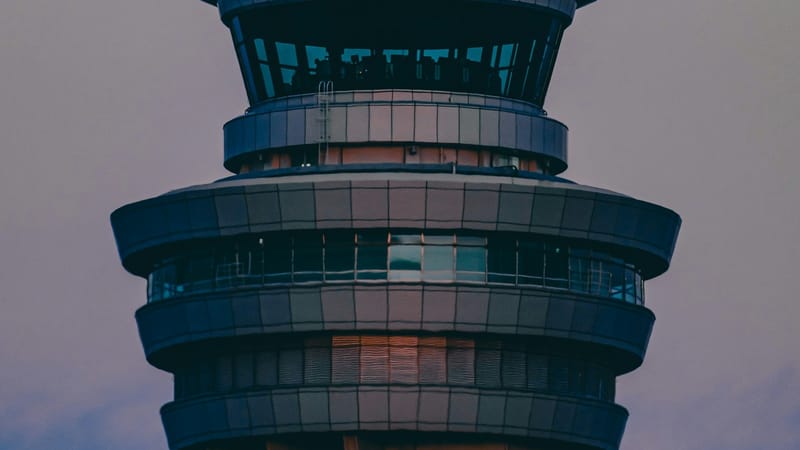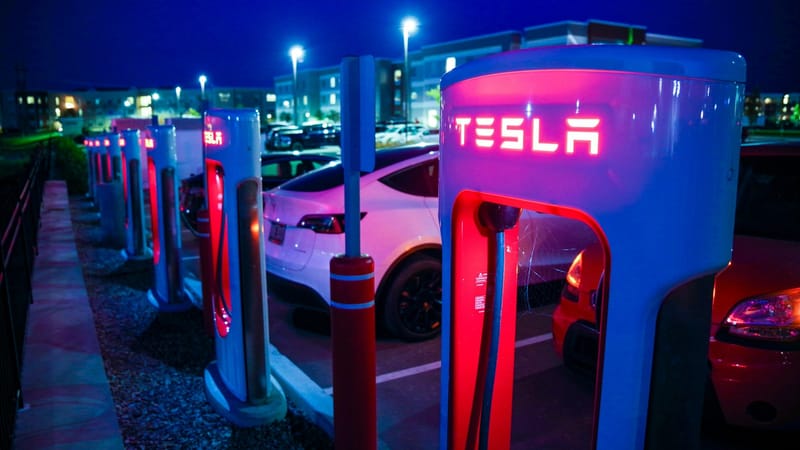Tesla’s Stock Goes Supersonic Ahead of Q3 Earnings, but Can Musk’s AI Dream Keep It Airborne?
The shares have almost doubled in the last six months, albeit from a low base. So, will the eagerly-anticipated quarterlies keep the stock airborne?

Tesla’s stock has rediscovered its rocket fuel. After a brutal start to 2025, shares have come roaring back, erasing losses and setting up for a blockbuster third-quarter earnings week. Investors are betting big that Elon Musk’s AI ambitions (from autonomous driving to humanoid robots) will justify Tesla’s eye-watering valuation. But beneath the rally lies a nagging question: how much of this story is substance, and how much is still science fiction?
The Setup Before the Show
Tesla’s Q3 earnings, due Wednesday, land at a delicate moment for markets. The S&P 500 and Nasdaq are flirting with new highs, even as Trump’s tariff wars and economic slowdown fears hang in the background. The US still has 25% tariffs on imported cars and parts, squeezing automakers, but Tesla has managed to power through.
The numbers look strong on paper. Analysts expect revenue of $26.27 billion, up 4% year on year, and adjusted earnings per share of $0.53, translating to $3.78 billion in EBITDA. Tesla’s deliveries hit a record 497,099 vehicles in Q3, smashing expectations of around 440,000. It also deployed a record 12.5 gigawatt-hours of energy storage products, underscoring the company’s growing foothold in the clean energy business.
Still, the sales surge came with an asterisk: it arrived just before the federal EV tax credit expired on 30 September. Musk himself warned after Q2 that the company was in for “a few rough quarters” once those credits disappeared.
After the Sugar Rush
To cushion the blow, Tesla rolled out budget-friendly versions of its Model 3 and Model Y, priced at $36,990 and $39,990. Both feature smaller batteries, rear-wheel drive and fewer luxuries. It’s a clever way to chase volume, but it also trims margins, something Wall Street will be watching closely.
The expiration of tax incentives could also test Tesla’s brand power. For years, the company sold status and sustainability in one package. But now, as traditional automakers flood the market with their own EVs — many subsidised abroad — Tesla’s pricing and profitability could come under pressure.
Betting It All on the Robotaxi
Musk has always loved a big narrative, and this quarter’s storyline is all about robotaxis. Tesla began testing autonomous ride-hailing in Austin over the summer, with limited service expansion and, crucially, a human safety driver still in the front seat. The company is also running human-driven pilot tests in the Bay Area and eyeing Nevada and Arizona next.
Analysts remain divided. Wedbush’s Dan Ives, Tesla’s most vocal bull, argues that the “AI era” has arrived, claiming Tesla’s autonomous business alone could be worth $1 trillion within a few years. Barclays’ Dan Levy is less convinced, saying investors are waiting to see one key milestone: when Tesla can finally remove that safety driver.
And Now The Bucket of Cold Water
Beyond the quarterly excitement, Tesla’s long-term outlook is tangled in risk. Musk’s $1 trillion pay package faces another shareholder vote on 6 November, even as courts weigh challenges to his previous compensation plan. Proxy advisers ISS and Glass Lewis have already urged investors to vote against it.
Then there’s the valuation elephant in the room. Tesla trades on a multiple that assumes it’s not a carmaker but the next great AI company. If the robotaxis don’t arrive on schedule or the “AI era” proves slower to monetise, that gravity Musk loves to defy could finally reassert itself.
For now, the market is happy to suspend disbelief. Tesla is riding a wave of momentum, optimism and sheer narrative power. But when the earnings dust settles, investors will want more than just another Musk monologue. They’ll want proof that the machines are learning fast enough to keep this rocket in orbit.






